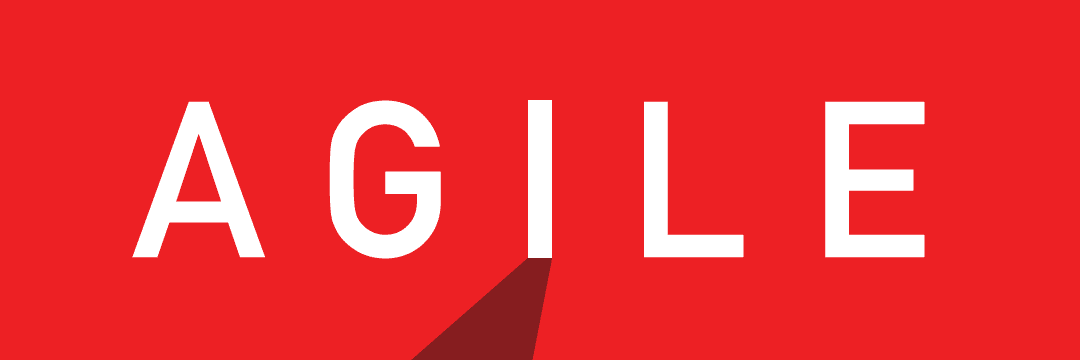Any graphic designer will tell you that designing is only half the battle – the other half is actually getting the work done. And that can be a challenge, especially when you’re dealing with tight deadlines and multiple projects.
Fortunately, there are a few simple strategies you can use to optimize your graphic design workflow and get the job done quickly and efficiently.
- Develop a Creative Brief
One of the first steps to optimizing your graphic design workflow is to develop a creative brief. A creative brief provides a road map for your design project by outlining the project’s objectives and goals as well as the target audience and timeline. Taking the time to develop a creative brief will help ensure that you’re not just creating something that looks “nice”, but that it also does what it’s supposed to do, and it will also save time because the creative brief provides a plan for you to follow.
- Outline Your Design Goals
Once you’ve developed a creative brief, the next step is to outline your design goals. This will help you stay focused as you work on your project, as well as help identify any potential bottlenecks or areas where you could optimize your workflow. In addition, outlining your design goals will also help you stay on top of any changes or revisions that need to be made. It’s important to have clear expectations for your project upfront so that you don’t get derailed by unexpected curveballs as you’re working.
- Create a Sketch or Mockup
After outlining your design goals, the next step is to create a sketch or mockup of the project. This will give you an idea of what the finished product will look like visually and can be used as a reference as you work through the project. In addition, creating a sketch or mockup will also help you identify any potential issues with the project before you start putting in the real work. This will save you time and energy in the long run by helping you avoid costly mistakes and eliminate any potential roadblocks.
- Find or Create Design Assets
: Once you’ve created a sketch or mockup, it’s time to find or create the necessary design assets for your project. Finding the right assets should be relatively easy if you’ve outlined the design goals for your project, as this will help you determine which assets will work best. If you need to create your own assets, you can use a variety of programs and tools, such as Adobe Photoshop, Illustrator, and InDesign, to do so. Taking the time to find or create the right assets will help ensure that your project looks professional and is of the highest quality.
- Refine and Finalize Your Design
After finding or creating the necessary design assets, it’s time to refine and finalize your design. This step involves making sure that all of the elements of your design are working together in harmony to create a cohesive product. You may need to do a bit of tweaking to get the design right, but it’s important to take the time to get it right. Any corners you cut now will only cost you more time and energy later.
In conclusion, optimizing your graphic design workflow doesn’t have to be complicated. By following these simple strategies – developing a creative brief, outlining your design goals, creating a sketch or mockup, finding or creating design assets, and refining and finalizing your design – you can get your projects done quickly and efficiently.
